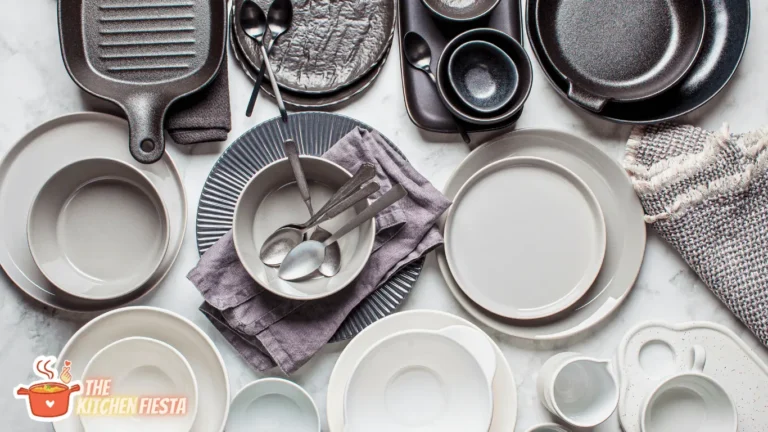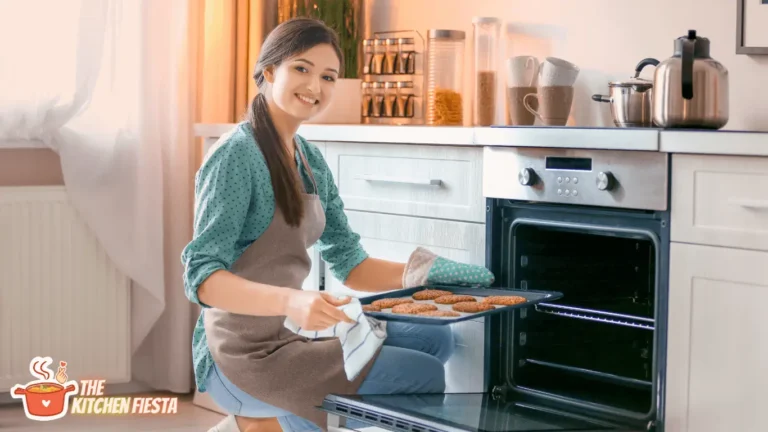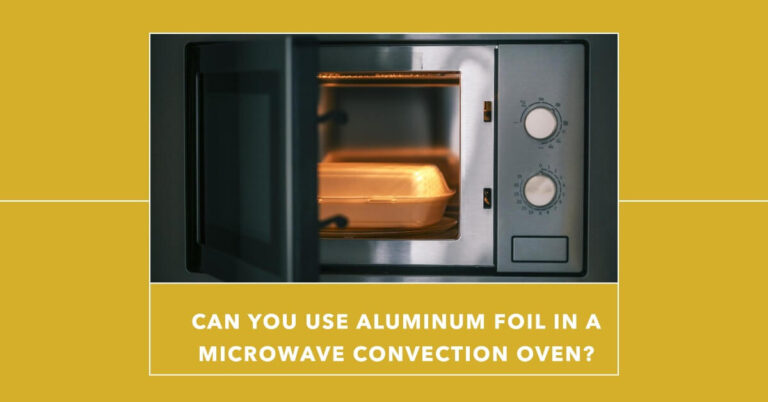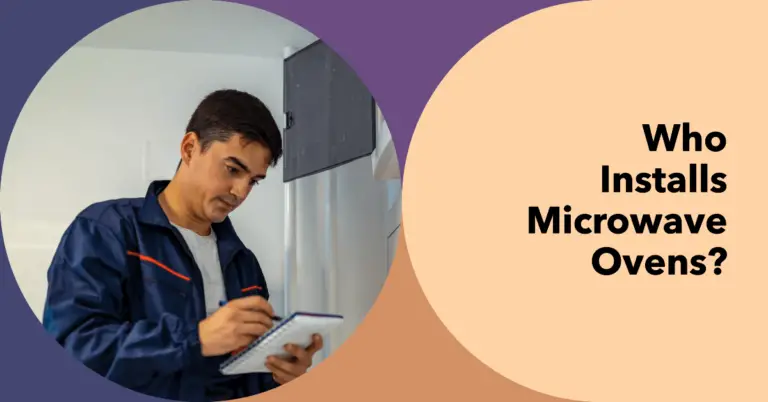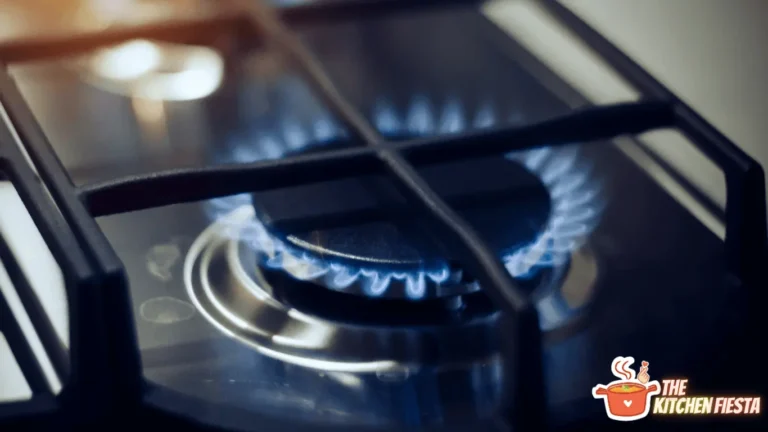Can a Convection Oven Truly Replace a Microwave?
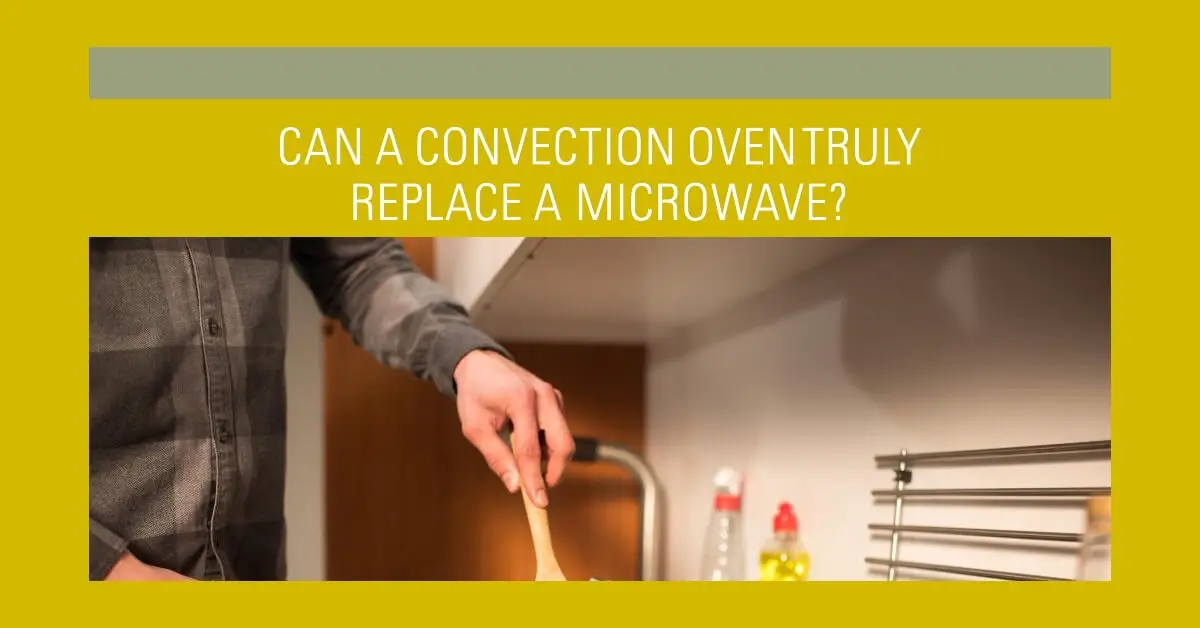
Kitchen appliances like microwaves and convection ovens each have their advantages. But is it possible for a convection oven to fully stand in for all the convenience of a microwave? Let’s explore the key differences between these popular appliances and whether going microwave-free is feasible.
Convection Ovens Provide Powerful Cooking Capabilities
A convection oven circulates heated air around food with a fan, allowing for fast, even cooking across multiple racks. Convection ovens can be built-in or countertop convection models. They excel at tasks like roasting meats, baking evenly browned goodies, broiling fish, and more.
Convection cooking relies on a heating element and fan to circulate hot air around the oven cavity. The constant motion of hot air drives intense heat transfer, helping convection ovens to excel at:
- Roasting chicken, turkey, vegetables, and more to juicy perfection
- Baking cookies, cakes, casseroles, and breads with excellent browning
- Grilling steaks, chops, and other meats with caramelized exteriors
- Reheating leftovers quickly and evenly
- Preheating faster than a conventional oven
Rather than cooking food from the outside-in like a traditional oven, the turbulent hot air in a convection oven cooks food evenly across all surfaces. Convection ovens can cook faster with excellent results.
Many convection ovens offer different modes like bake, broil, roast, pizza, and more. You can customize the cooking process to perfection.
Microwave Ovens Use Radiation to Heat Foods Rapidly
A microwave oven is a popular small appliance found in most kitchens. Microwave ovens use electromagnetic waves to quickly heat and cook food.
Here’s how microwave cooking works:
- A magnetron generates electromagnetic waves (a form of non-ionizing radiation)
- These microwave waves are directed into the metal interior cavity
- The waves excite water molecules in food, generating heat
- A turntable distributes microwave energy throughout the cavity for even cooking
Microwave ovens allow very rapid heating and cooking times compared to other methods. Their small size and speed make them convenient for tasks like:
- Reheating leftovers or pre-cooked foods
- Defrosting frozen items quickly
- Cooking frozen convenience meals and snacks
- Boiling water for coffee, tea, oatmeal, etc.
- Popping popcorn
Microwave ovens have power levels to customize the amount of microwave energy. But they can’t brown or crisp foods like a convection oven.
Key Differences Between These Kitchen Appliances
Convection ovens and microwaves employ very different technologies to cook food. Here are some notable differences:
- Size: Convection ovens are countertop or full-size built-in models. Microwaves are compact appliances.
- Heating: Convection ovens use a heating element and fan. Microwaves use electromagnetic radiation.
- Browning: The dry heat of convection ovens can brown and crisp food. Microwaves don’t brown foods.
- Capacity: Convection ovens can cook multiple items on different racks. Microwaves are limited to one item.
- Power levels: Both offer adjustable power/temperature settings. Convection ovens get much hotter.
- Techniques: Convection ovens can bake, broil, roast, steam, etc. Microwaves primarily reheat and defrost.
These differences impact what each appliance excels at cooking.
Convection Ovens Provide Benefits Over Microwaves
Convection ovens provide compelling advantages over microwave ovens that make them more versatile cooking appliances:
Wider Range of Cooking Techniques
Convection ovens can be used for baking, roasting, broiling, grilling, steaming, and more cooking techniques. Their dry circulating heat works well for anything you’d cook in a traditional oven.
Microwaves primarily reheat and defrost using microwave radiation. While they can be used for baking and cooking, results won’t have the delicious browning and texture a convection oven provides.
Faster, More Even Heating
Convection cooking transfers heat rapidly over all surfaces of food for quick, even results. Multiple racks allow batch cooking different foods simultaneously.
Microwave radiation only penetrates about 1-1.5 inches deep. Larger foods and meals are heated unevenly, with edges warming faster than the center. Turntables help distribute energy, but microwave cooking still doesn’t match the consistency of convection.
Higher Temperatures and Crispier Results
Convection ovens can reach temperatures between 300-500°F. This high, dry heat helps create deliciously crisped, browned exterior textures when roasting vegetables, baking chicken, making pizza, and much more.
Microwaves don’t rely on ambient air temperature so they can’t achieve crisping results. Foods come out steaming hot but often soggy on the exterior. The texture isn’t as appetizing.
Roast, Bake, or Broil Multiple Items at Once
The spacious interior of a full-size convection oven allows you to cook a 20 lb turkey alongside pans of vegetables on multiple racks. Convection evenly cooks the different foods in tandem.
Microwave ovens only permit one small dish to fit in the compact cavity at a time. You’d have to cook components of a meal in frustrating batches.
Where Convection Ovens Fall Short vs. Microwaves
However, convection ovens lack some of the unique advantages of microwaves when it comes to speed and convenience:
- Takes longer to preheat: It can take 10+ minutes for a convection oven to preheat fully. Microwaves heat immediately at the touch of a button.
- Less energy efficient: Convection ovens require more electricity to power the heating element and fan. Microwaves use less energy.
- Can’t cook as quickly: Microwaves work fastest for heating small portions or foods with a high water content.
- No built-in defrosting ability: Microwaves can defrost frozen foods very rapidly by exciting water molecules. Doing this in a convection oven risks uneven thawing.
- No microwave-only functions: Microwaves excel at popping popcorn, melting butter, softening cream cheese, and more tasks that don’t work as well in an oven.
- Takes up more space: Convection ovens are substantially larger than countertop microwaves. They aren’t as space efficient.
For certain convenience cooking needs, microwaves definitely cook faster and give better results than convection alone.
How to Replace Common Microwave Uses with a Convection Oven?
While convection ovens can’t entirely replicate all microwave functions, they can be used creatively to take care of many common microwave tasks:
Reheating Leftovers
Convection ovens reheat leftovers quickly and evenly. Use shallow containers to speed up heating times. Rotate or stir periodically for balanced results.
Defrosting Frozen Items
Set the convection oven 25-50°F lower than the recommended temperature and monitor food closely as it defrosts. Rotate and break up thicker items to defrost evenly.
Cooking or Reheating Soups, Stews, Casseroles
Transfer microwave-friendly freezer meals or leftovers into oven-safe ceramic or glass dishes. Reheat covered in convection oven until piping hot.
Steaming Fish, Vegetables, Side Dishes
Use a metal steamer basket or perforated silicone steamer bags. Add 1⁄2 cup water to the bottom of the oven then steam foods at 375°F for quick, healthy cooking.
Making Bacon, Sausages, Breakfast Sandwiches
Line a baking sheet with foil. Bake bacon and sausages in the convection oven at 400°F until they reach your desired crispness.
Baking Potatoes, Sweet Potatoes, Winter Squash
Pierce potatoes and squash several times with a fork. Bake directly on the oven rack at 425°F until tender when pierced. Rotate halfway for even cooking.
As you can see, a convection oven allows you to reinvent microwave favorites in a crisper, tastier way.
Foods That Are Trickier Without a Microwave
Certain convenience foods and tasks are very challenging to achieve in a convection oven without a microwave handy:
- Popcorn – This low-moisture snack won’t pop properly in dry oven heat. Microwave popcorn bags are designed specifically for microwave radiation.
- Boiling water – Electric kettles or stovetops can boil water for coffee, tea, oatmeal, etc. But a microwave heats water faster.
- Softening butter, cream cheese, chocolate – Microwaves excel at quickly softening refrigerated ingredients that would simply melt in a convection oven.
- Frozen convenience meals – Pre-packaged frozen meals and appetizers are engineered for microwave heating. They won’t cook properly using oven temperatures.
- Fried eggs, egg dishes – Eggs require very precise, gentle heating to achieve the right textures. Microwaves provide the best control for cooking eggs.
- Frozen pizza, pocket sandwiches – The frozen dough and fillings in these items release steam and can become soggy when oven-baked from frozen.
Without getting creative, convection ovens struggle to provide the fast heating, precise control, and steaming environment needed for foods like these.
Tips for Successful Convection Oven Cooking
Convection ovens use a fan to circulate hot air or gas around the food, resulting in faster and more even cooking. However, it takes some practice to understand convection oven cooking times and techniques. Here are some tips:
Temperature Adjustment
Lower the temperature by 25-50°F compared to conventional oven directions, depending on the type and model of your convection oven. Some ovens automatically lower the temperature when you hit the convection setting, while others require manual adjustment.
Cooking Time
Monitor food closely and use a meat thermometer since convection can shorten cooking times by up to 25%. Check the food at least 10 minutes before the recommended time in the recipe.
Multi-Rack Cooking
Take advantage of the multi-rack cooking capability to prepare complete meals at once. Convection ovens allow for better air circulation and even heat distribution, so you can cook different dishes on different racks without affecting the quality.
Cookware
Use metal or glass pans that conduct heat well and speed up cooking. Avoid using pans with high sides or lids that can block the airflow and reduce the convection effect. Also, avoid using pans that are too large for the oven, as they can interfere with the fan.
Microwave-Safe Dishes
Try microwave-safe glass dishes for foods like eggs, popcorn, frozen meals, etc. The material properties help mimic microwave results. Avoid using ceramic dishes, as they can crack or shatter when exposed to high heat.
Supplemental Appliances
Supplement convection cooking with a countertop toaster oven or stove to provide missing functions as needed. Convection ovens are not ideal for cooking cakes, quick breads, custards, or soufflés, as they can cause uneven browning and rising. You may also need a microwave for reheating or defrosting food quickly.
With the right gear and some experience, you can cook just about any recipe successfully in a convection oven. But you may need to keep a few backup appliances handy for convenience.
Should You Give Up Your Microwave If You Have a Convection Oven?
Is it realistic to go microwave-free if you have a convection oven? Here are some things to consider when weighing this decision:
Pros of Going Microwave-Free
- Saves counter space
- Allows you to take advantage of convection cooking
- Encourages more wholesome cooking vs. convenience foods
Cons of Giving Up Your Microwave
- Slower reheating and defrosting
- Can’t quickly boil water
- Certain foods like popcorn won’t work
- Frozen meals and snacks require more planning
Many home chefs decide to keep both a microwave and convection oven to get the unique benefits of each. Consider a compact, low-profile microwave that integrates seamlessly above or within your oven setup.
However, you can certainly survive without a microwave using clever convection oven techniques and occasionally falling back on your stovetop or toaster oven. Careful meal planning helps minimize the microwave tasks you’ll miss.
Convection Ovens Are More Versatile Cooking Appliances
When comparing convection ovens and microwaves, each appliance brings something special to the kitchen.
Microwaves leverage microwave radiation to deliver speed and convenience when reheating, defrosting, or cooking foods with high water content. But they can’t rival the delicious crisping and browning of a good convection oven.
Thanks to their powerful heating elements and hot circulating air, convection ovens can achieve excellent cooking results across a wide range of techniques. With smart meal planning and cooking skills, it’s possible for a convection oven to stand in for most day-to-day microwave uses.
However, keeping a small microwave provides helpful convenience for quick tasks like boiling water or steaming veggies. The choice depends on your cooking needs and dedication to convection techniques. Both appliances have merits—understanding their key differences allows you to use each to its maximum potential!

